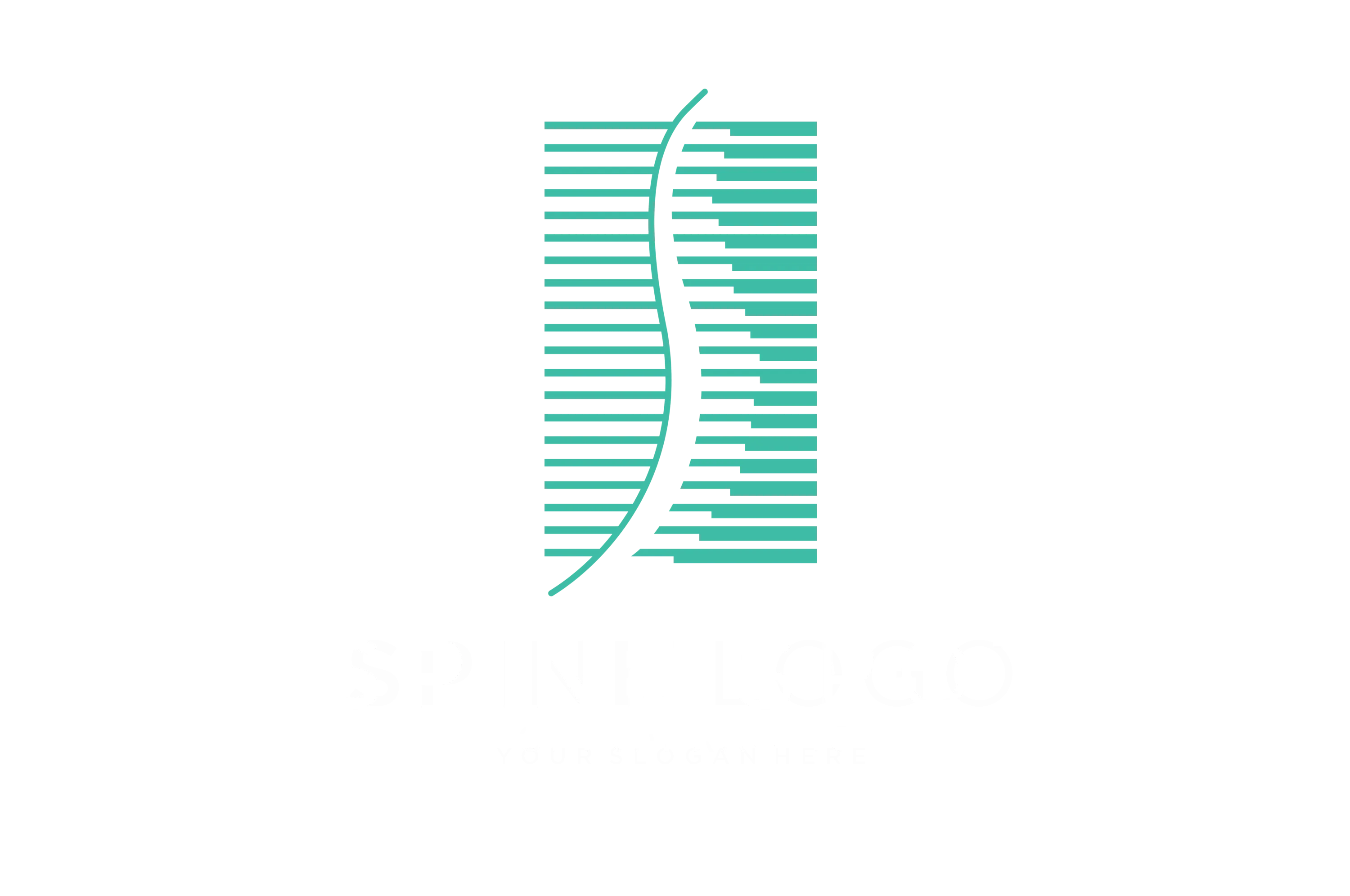What are Chiropractic Therapies and Techniques?
The word “chiropractic” is a combination of two Greek words that together mean “done by hand.” Chiropractic therapies and techniques are unique because they involve actual therapeutic touch, either by hand or a handheld therapy tool. One of the most important aspects of chiropractic care is that it can be customized for each patient depending on pain level, location, and tolerance. Adjustments are diverse and adaptable and can be done sitting or lying face up or facedown. There are even some chiropractic techniques and therapies that can be done while you are standing.
Training
Chiropractors have spent a significant amount of time in school learning how and why to treat patients. According to the American Chiropractic Association, “Because of the hands-on nature of chiropractic, and the intricate adjusting techniques, a significant portion of time is spent in clinical training.” Overall, chiropractors spend over 4,200 post-graduate hours in chiropractic school learning about anatomy, physiology, biochemistry, clinical examination and diagnosis, psychology, and hands-on technique training.
Chiropractic students learn a wide variety of techniques, and for many, training and experience with adjusting techniques and other therapies go beyond chiropractic school and into continued education after graduation. To stay licensed, chiropractors have to complete a certain number of additional education hours every one to three years, depending on the state. There are quite a few options for chiropractors wanting to learn other techniques and therapies to improve outcomes for patients. Examples of such courses include specialized training in the treatment of children, pregnancy treatment, muscle testing and treatment, sports medicine, and soft tissue work, among others.
What to Expect
Most chiropractic techniques and therapies are hands-on. However, there are also chiropractic treatments that use a specialized handheld tool for those patients who may need a lighter touch when being adjusted. The tool may be manual or electronic, and in both cases, it is directly controlled by the chiropractor. Depending on your condition, the level of your pain, and your comfort in a certain position, you may be asked to sit, stand, or lie on your stomach, back, or side for treatment. If you have discomfort in a particular position, do not hesitate to let us know. There are often small changes we can make to the technique to aid your comfort.
Which Treatment Is Right for Me?
There are many things chiropractors consider when deciding which techniques may be the best choice for your treatment. These considerations include the location and level of your pain, your ability to remain in a particular position for approximately 30 seconds, and the length of time you’ve been experiencing the problem. We may also want to talk with you about your activity level, health history, and family history. To identify the cause of your condition, we consider this information and perform a full examination consisting of orthopedic and/or neurologic tests in addition to determining how well particular joints are or are not moving. An x-ray or other testing may be requested before a diagnosis is made.
We will then discuss treatment plan options and recommendations with you to get you back to feeling and functioning well. Other therapies may be used as well to improve the effects of the chiropractic adjustment. Because no two people are exactly alike, you may not receive the same treatment as your friend or relative who has the same condition.
Chiropractic Techniques and Therapy
Chiropractic therapy is a form of alternative medicine focused on the diagnosis and treatment of mechanical disorders of the musculoskeletal system, particularly the spine. Chiropractors utilize various techniques to adjust and manipulate the spine, providing relief from back pain, improving range of motion, and enhancing overall well-being.
What is Chiropractic Therapy?
Chiropractic therapy is based on the understanding that proper alignment of the body's musculoskeletal structure, particularly the spine, enables the body to heal itself without the need for medication or surgery. Chiropractors use their hands or specific instruments to apply controlled, sudden force to a spinal joint, aiming to improve functionality and reduce pain.
How does chiropractic therapy work?
Chiropractic therapy works by identifying and correcting musculoskeletal misalignments, also known as subluxations. These misalignments can cause pressure on the surrounding nerves, leading to pain and dysfunction in various parts of the body. Through spinal adjustments and manipulations, chiropractors restore proper alignment, thereby promoting the body's natural ability to heal and function optimally.
What conditions can chiropractic therapy treat?
Chiropractic therapy is commonly used to treat back pain, neck pain, and headaches. Additionally, it can be beneficial for individuals suffering from musculoskeletal disorders, including joint pain, arthritis, and chronic injuries resulting from repetitive stress. Chiropractic care can also aid in managing issues related to the extremities, such as shoulder, elbow, or knee pain.
What are the benefits of chiropractic therapy?
The benefits of chiropractic therapy include reduced pain, improved range of motion, enhanced joint function, and overall better physical performance. Furthermore, chiropractic care can contribute to better posture, increased flexibility, and a strengthened immune system. Many patients also report experiencing better sleep and a heightened sense of overall well-being after receiving chiropractic treatment.
Common Chiropractic Adjustment Techniques
Chiropractic adjustment techniques encompass a variety of methods used to manipulate the spine and other musculoskeletal structures to alleviate pain and enhance mobility.
What are the different types of chiropractic adjustment techniques?
Common chiropractic adjustment techniques include the diversified technique, gonstead technique, and activator method. Each approach involves specific maneuvers and adjustments tailored to address the unique needs of the patient.
How do chiropractors perform spinal manipulation?
Chiropractors perform spinal manipulation by using their hands or specialized instruments to apply a controlled, sudden force to a joint of the spine. This targeted movement helps to restore proper alignment, reduce stiffness, and promote healing in the affected area.
What is the activator method in chiropractic adjustments?
The activator method is a chiropractic technique that utilizes a handheld instrument to deliver a gentle impulse to the spine or extremities. This method is often preferred for patients who may not be suitable candidates for manual adjustments, offering a more precise and controlled approach to spinal manipulation.
Manual Therapy in Chiropractic Techniques
Manual therapy plays a vital role in chiropractic care, involving hands-on techniques to alleviate pain, improve mobility, and restore proper function to the musculoskeletal system.
What is manual manipulation of the spine?
Manual manipulation of the spine, commonly referred to as spinal adjustment, involves the chiropractor using their hands to apply controlled force to a specific joint in the spine. This technique aims to alleviate pain, reduce nerve irritability, and enhance overall physical function.
What is the Graston technique in chiropractic therapy?
The Graston technique is a form of manual therapy that utilizes stainless steel instruments to identify and treat areas of soft tissue fibrosis or chronic inflammation. By using these specialized instruments, chiropractors can effectively break down scar tissue and adhesions, promoting healing and reducing pain in affected areas.
How does manual therapy help in treating extremity pain?
Manual therapy plays a crucial role in treating extremity pain by addressing musculoskeletal issues in the arms, legs, shoulders, and hips. Chiropractors use hands-on techniques to improve joint mobility, reduce inflammation, and restore proper function to the affected extremities.
Chiropractic Care for Spine-related Issues
Chiropractic care is highly effective in managing various spine-related issues, providing relief from back pain and promoting overall spinal health.
How does chiropractic care help in managing back pain?
Chiropractic care helps in managing back pain by addressing the underlying causes of discomfort, such as spinal misalignments or muscle imbalances. Through spinal adjustments, mobilization, and therapeutic exercises, chiropractors can alleviate pain and restore proper function to the spine, leading to long-term relief.
What is the drop technique in chiropractic adjustments?
The drop technique, also known as the Thompson technique, is a specialized form of adjusting the spine using a segmented drop table. This method allows for a specific segment or area of the spine to be targeted and adjusted, enhancing the effectiveness of the treatment.
How do chiropractors use mobilization in spine treatments?
Chiropractors use mobilization as a gentle, manual technique to improve joint function and alleviate pain in the spine. Through controlled movements and stretches, mobilization helps to increase flexibility, reduce stiffness, and promote better overall spinal health.
Soft Tissue Techniques in Chiropractic Treatment
Soft tissue techniques are an essential component of chiropractic treatment, focusing on addressing pain and dysfunction in the muscles, tendons, and ligaments.
What is the significance of soft tissue therapy in chiropractic care?
Soft tissue therapy is significant in chiropractic care as it targets specific areas of muscle tension, adhesions, and scar tissue that contribute to pain and restricted mobility. By addressing these soft tissue issues, chiropractors can enhance the effectiveness of spinal adjustments and promote faster healing.
How do chiropractors address neck pain using soft tissue techniques?
Chiropractors address neck pain using soft tissue techniques by employing manual manipulation and specialized instruments to release tension in the muscles and improve circulation in the affected area. These targeted therapies help to alleviate neck pain and enhance overall neck mobility.
What are the benefits of using handheld instruments in soft tissue treatment?
Using handheld instruments in soft tissue treatment allows chiropractors to target specific areas of muscle tension and adhesions with enhanced precision. This approach can result in more effective relief from pain, improved flexibility, and faster recovery for patients experiencing soft tissue injuries.
More Chiropractic Techniques and Physiotherapies
- Electrical Muscle stimulation
- Spinal Decompression
- Spinal Manipulation/Adjustment
- Therapeutic Ultrasound




